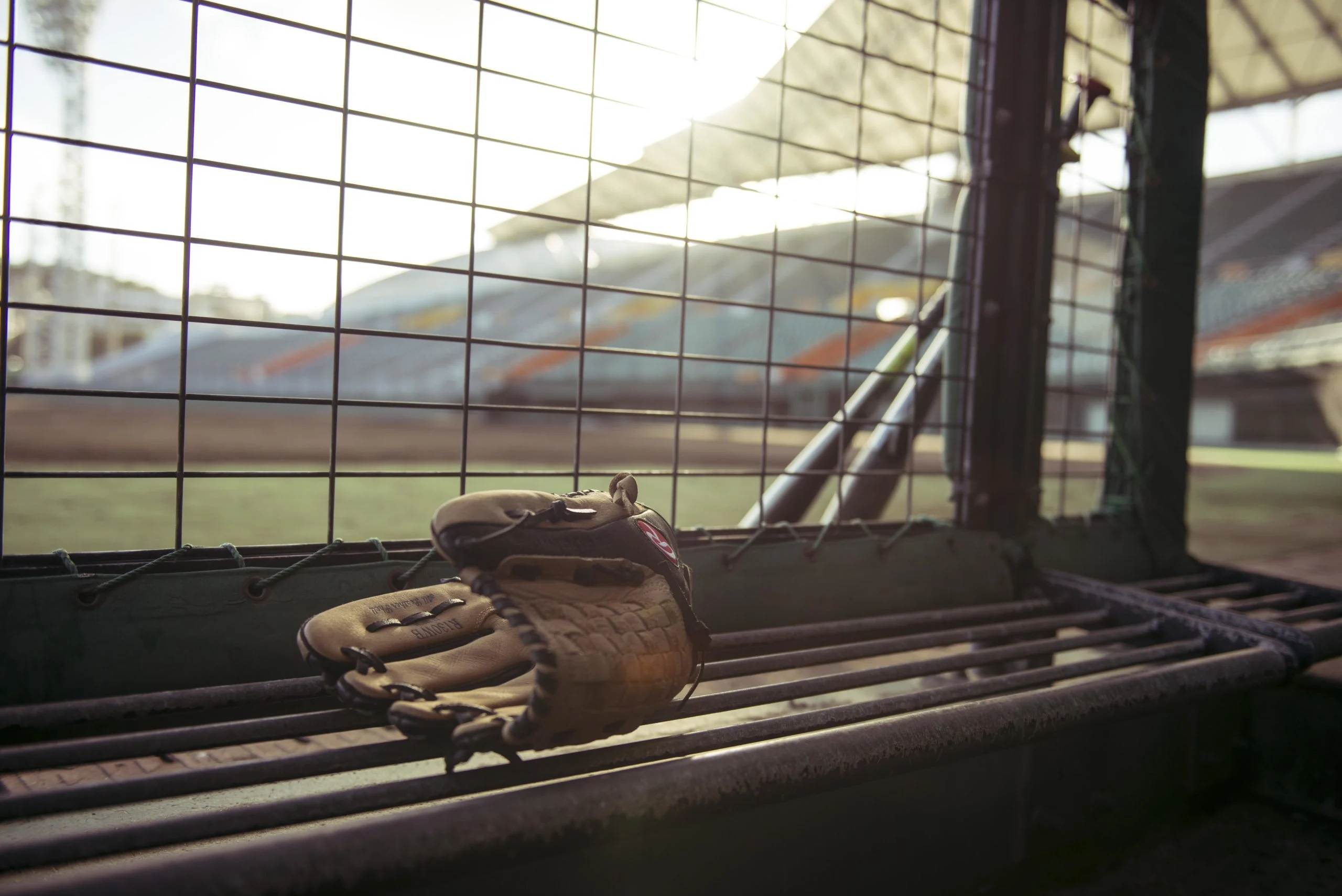Topics
- Article
Cumulative Day Strain As a Tool for Ballplayers in Spring Training

While winter still has its grip on much of the country, MLB teams have headed south and west to Florida and Arizona in order to prepare for the upcoming season. Baseball’s Opening Day is still more than a month away, but clubs began playing exhibition games this past week.
Historically, spring training was viewed as an opportunity for players to work their way back into shape before the season began. However, with today’s athletes, that’s no longer the case. From Adam Kilgore of the Washington Post:
“Ballplayers report in peak physical condition, after a winter of refined workouts often overseen by professional trainers. And then, for the first 10 days of their season — before the month of irrelevant exhibitions — they shag batting practice fly balls or wait their turn to cycle into drills practicing bunt plays and rundowns.”
Kilgore notes that players spend a good portion of their spring training simply trying not to get hurt. He also quotes Washington Nationals infielder Ryan Zimmerman, who said “People are showing up more ready than they used to be, and we haven’t really changed anything. We haven’t adjusted to what the professional athlete does in the offseason now. I understand it. For me as a position player, it’s unnecessary.”
Beginning next year the MLB exhibition season will be two days shorter, but that won’t affect how players spend their days. Via Sports on Earth, here’s what one minor leaguer had to say about his spring training experience last year:
“There’s a ton of downtime, though. That’s the only thing that’s a little rough. It does get a little bit boring. You sit in the hotel all day. We eat a good amount. [Go to the] movies. Shop. A lot of pitchers golf. [But] there’s only so much shopping and eating that you can do.”
While they rarely take batting practice, many pitchers enjoy chasing after fly balls in the outfield. I think it’s fun,” relief pitcher Drew Storen told the Post in 2014. “Standing around, that’s how you get to know everybody. It’s fun to go out there and act like you’re an outfielder.” Storen’s former teammate and fellow reliever Tyler Clippard added that he prefers not to get to the park too early:
“There’s nothing to do. For me as a reliever, I have to get all my working out and my stuff done after the game because I don’t want to fatigue myself in case I have to pitch. I’m a guy who gets here as late as possible because I’ve got nothing to do.”
Clippard’s point of not wanting to be run down before a game even starts is a good one–but there’s likely more to that strategy than he even realizes.
One of the key things WHOOP does is measure strain. Not just strain from specific workouts, but a cumulative level of Day Strain. Everything you do over the course of the day puts strain on your body, and WHOOP keeps a running total.
A new White Paper from the WHOOP Department of Physiology and Analytics entitled The Advantage of Continuous Physiological Monitoring details the value of using Day Strain (as opposed to just Strain from workouts) when calculating how much sleep a person needs to be properly recovered the next day.
An average cycling workout of 30-60 minutes earns a Strain of 9.2 on the 0-21 scale WHOOP uses. Weightlifting for that amount of time averages a 6.7. The paper examines a recent sample of WHOOP data that indicates users take on an average Strain of 9.3 from daily “non-workout” activities.
In other words, the monotonous things you do over the course of a regular day end up accumulating strain equivalent to another workout. Taking this additional Strain into account allows WHOOP to provide a more accurate and complete picture of Recovery.
Access to this information might be highly beneficial to ballplayers in spring training (and beyond). A round of golf, for example, causes an average Strain of 8.9. Pitchers might think they’re taking time off to relax, but in reality it’s similar to working out. Even the seemingly inconsequential activities like shagging fly balls in the outfield take their toll. Knowing exactly how much strain they’re putting on their bodies each day could go a long way towards helping players stay healthy while preparing for the long season ahead.
RELATED: WHOOP and MLB Conduct Largest Performance Study Ever in Pro Sports